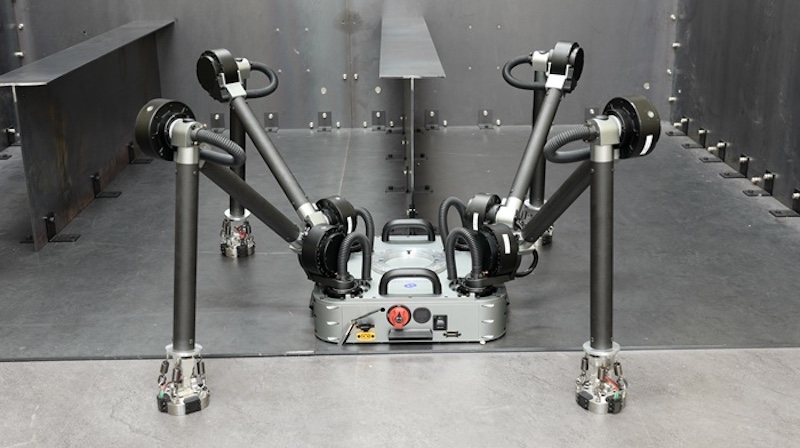Designing, deploying, and monitoring an AI-powered automation system can be transformative for small and mid-sized businesses. Follow this step-by-step tutorial aimed at operational managers with minimal technical background.
To begin, identify the specific business process you wish to automate. This could range from customer service inquiries to inventory management. Understanding the workflow will help you outline the requirements. Assess your current capabilities and resources, ensuring you have access to the necessary technology and data. This requires a basic infrastructure that can support AI applications, such as a reliable internet connection and the appropriate hardware or software platforms.
Next, familiarize yourself with the available AI tools in the market. Look for solutions that integrate easily with your existing systems. Various platforms offer user-friendly interfaces designed for non-developers. It is essential to choose a solution that fits your budget while providing scalability options. Make note of features such as machine learning capabilities, natural language processing, or workflow automation that may align with your needs.
Once you’ve selected a suitable platform, the configuration process begins. Start by uploading your data, ensuring it is clean and organized. This step may require you to work with datasets that reflect your existing operations. As you input data, remain cognizant of data privacy laws and organizational policies. Regularly verify that the data retained is compliant and only consists of what is necessary for the task at hand.
After loading your data, define the automation rules. Establish clear instructions that the AI will follow during operation. For example, if your goal is to automate customer responses, provide sample inquiries and appropriate automated replies. Test the system using a subset of your data to evaluate accuracy. Analyze the responses during this phase and adjust your rules as needed. Expect varying outcomes; some automations might require additional tuning for optimal performance.
Now, it’s time to deploy the system. Gradually introduce AI-powered automation into the business process. Implementing on a small scale allows you to monitor its performance before a full rollout. Monitor the system closely in the early stages to identify any issues. Evaluate the accuracy and effectiveness of the automation meticulously and solicit feedback from users interacting with the system. Adjusting the automation based on real-world use is crucial for refining its output.
Error handling is another critical component. Prepare for potential issues, such as miscommunication between the AI system and users. Create a workflow for escalating problems that the automated system cannot resolve independently. Consider establishing a human oversight mechanism where necessary. Monthly reviews of system performance will not only help mitigate errors but will also ensure you remain compliant with data retention policies.
Next, let’s discuss the financial aspect. Estimating ROI for automation initiatives involves analyzing cost savings and increased productivity. Begin by calculating any reductions in labor costs and the efficiency gains realized through automation. Compare the projected advantages with the implementation costs, including software licenses and maintenance services. Understand that ROI may not be immediate; plan for a timeline showing when you expect to break even.
In terms of ongoing maintenance, regular updates and monitoring are critical to ensure longevity. This includes routine evaluations of AI performance and keeping the software aligned with security best practices. Rely on your vendor’s support for software upgrades, but also consider diversifying your vendor options to avoid vendor lock-in. Ensure your contracts allow some flexibility should you need to change directions in the future.
When considering security, understand that data breaches can have dire consequences. Employ encryption and access controls to safeguard sensitive information. Additionally, ensure that your chosen AI solutions comply with relevant data protection laws like GDPR. Regular audits will help confirm compliance and reveal vulnerabilities in your automation setup.
Data retention and privacy should be a focal point in your automation strategy. Define a data retention policy that outlines how long you will keep data and how it will be securely disposed of once it is no longer necessary. Being transparent about how you use and secure customer data can also enhance client trust and satisfaction.
Finally, integrating AI automation in your operations can significantly boost productivity, but careful planning and execution are vital. Additionally, engaging with stakeholders throughout the process could facilitate smoother implementation.
FlowMind AI Insight: Combining these strategic steps with effective communication and adaptability ensures that deployment is both efficient and beneficial. Through a methodical approach, small and mid-sized businesses can successfully leverage AI to enhance operations and drive growth.
Original article: Read here
2025-09-30 08:10:00

